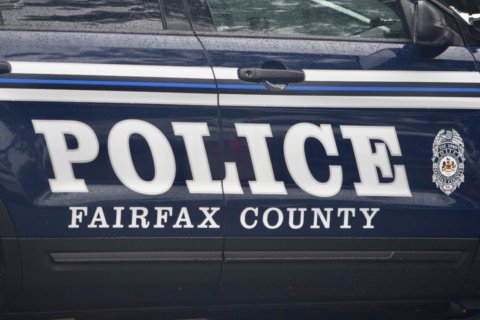While many see graffiti as an eyesore, students and staff at George Mason University are trying to digitally preserve 160-year-old wall art.
It was left there by both Confederate and Union soldiers during the Civil War.
“Soldiers were billeted in private homes, barns, lots of different places. And because they were soldiers, and they were bored, one of the things they did was write on the walls,” said Mills Kelly, George Mason University history professor and director of the Roy Rosenzweig Center for History and New Media.
Kelly told WTOP that the graffiti left on the plaster walls at the Graffiti House in Brandy Station and Historic Blenheim show a different side of history than what most usually see.
“This is more sort of common soldier stuff. It’s Bible verses, it’s complaints about the food,” said Kelly.
“One of my favorites is in the graffiti house in Culpeper. There’s a drawing of a mule and a man standing behind the mule. The man has kind of a pinched look on his face. And he says, ‘I think I smell a rebel,’” said Kelly.
There are also poems, jokes and even some “really wonderful artwork.”
The project recently received new funding through a $60,000 grant from the National Endowment for the Humanities, Office of Preservation and Access.
Kelly and photographic contractor R.B. Toth Associates will use digital imaging technology to preserve the graffiti and put it online with free open access for other teachers, students and Civil War history buffs.
Digitally preserving them is also paramount, due to concerns these works may not last forever on the plaster walls.
“These are 19th century homes,” said Kelly. “It fades over time. It’s mostly drawn with charcoal taken from fireplaces. Over time, it’s just going to slowly but surely fade. Preserving it digitally means that we have the opportunity to save that historical record for the long term.”








